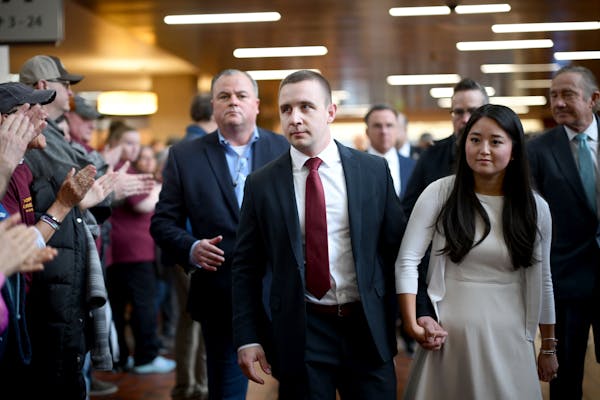The Museum of Russian Art is not messing around. They're starting fall with three exhibitions on historical topics: Soviet propaganda posters from the 1940s-1980s, an army sergeant's photo archive of the Chernobyl disaster cleanup, and artistic renderings of Jewish mysticism. Each of the subjects is fascinating in its own right, but the mostly two-dimensional work is so blandly curated you might want to drink an espresso before you go.
The trio of exhibitions begins on the first floor with "Soviet Posters From TMORA Collection." More than 40 propaganda posters from the 1940s-1980s are shown with several reproductions of 1917 Russian Revolution posters for context. The artistic posters deliver slogans from the Communist Party to the masses, calling on workers to "fight for justice." In artist Eduard Artsrunian's "Colonialism is doomed!" a masculine black body stands in the outline of the African continent, his feet breaking free from the chains (of colonialism!) that bind. On another wall, a poster with emblems of the 15 Union of Soviet Socialist Republics remind viewers of the U.S.S.R.'s former power. Unfortunately, low lighting and bland hanging don't do the works justice.
There's a similar problem with "After the Explosion: Documenting Chernobyl" in the Fireside Gallery. Culled from the photo archive of Maj. Gen. Nikolai Tarakanov, who oversaw the removal of radioactive elements from the site, the show is heavy on landscape, such as water wells being decontaminated. There are some humanizing photos, like one of a disgruntled Russian toddler wearing a small peacoat and thick woolen hat, like a tiny grown man. There's knowledge to be gained, but the show needs more energy to help people understand this world.
Upstairs on the mezzanine level is "Mystical Imprints: Marc Chagall, Ben-Zion and Ben Shahn," a collection of works by these prominent 20th-century Jewish artists who were all born in Imperial Russia's Pale of Settlement, where most Jews lived. The artists share an immigration experience — Chagall to France, the other two to New York City — which adds themes of nostalgia and exile.
Chagall's hand-colored etchings on paper, like "Hannah Invokes God," embody timelessness and mysticism. Shahn's illustrative versatility comes out in a pairing of the book "Kay-Kay Comes Home" and sketches from it. A series of characters in Ben-Zion's "The 36 Unknown" references threads from the mystical Talmud. These renderings, like one of a baker popping bread into an oven, all fit perfectly into the museum's alcove, and each looks like a stop-motion animation film still. Finally, at the end of this three-part journey, historical moments come alive thanks to a more creative curatorial approach.
alicia.eler@startribune.com • 612-673-4437 •
Twitter: @AliciaEler
Is this the last time for the Rolling Stones live? Not the way Mick carries on

